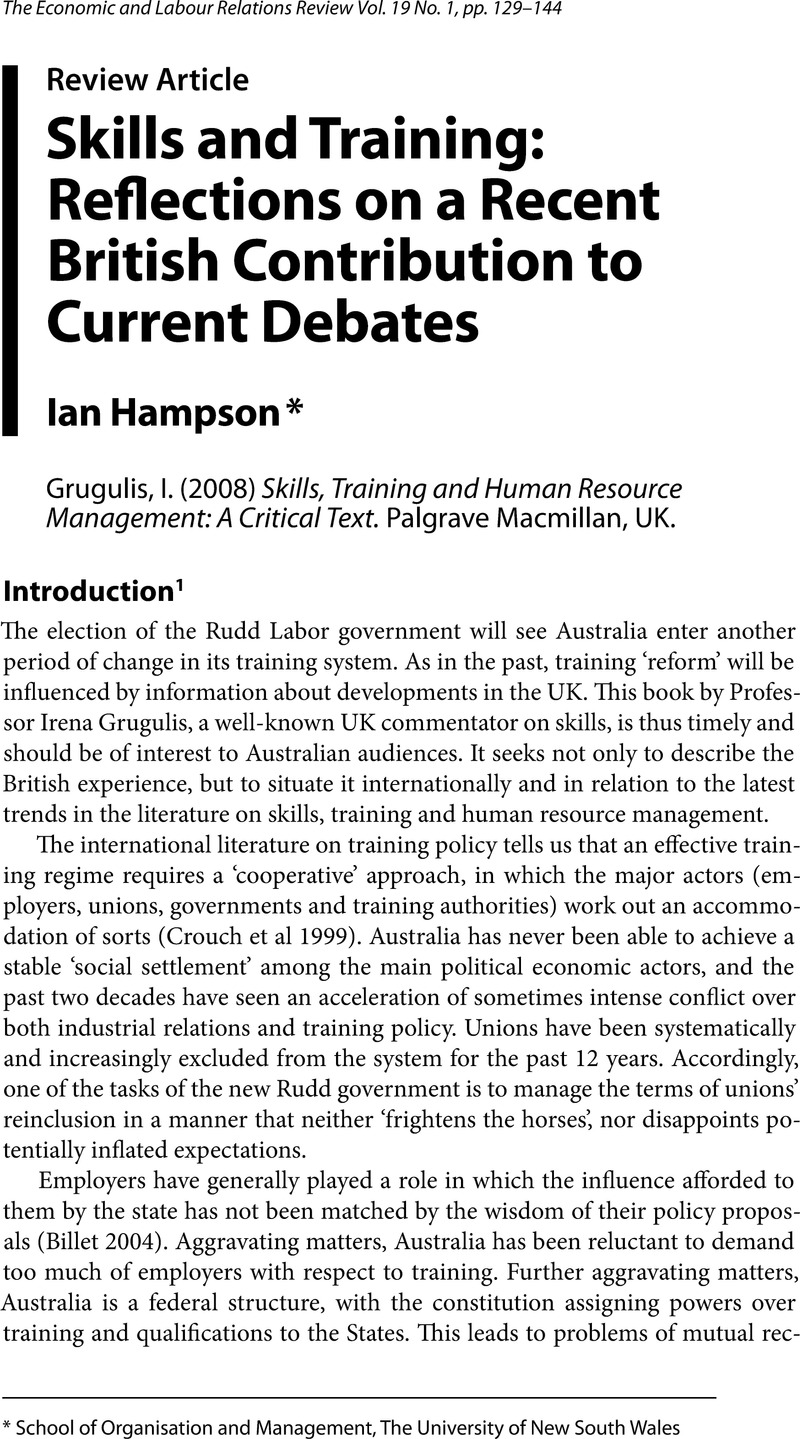Crossref Citations
This article has been cited by the following publications. This list is generated based on data provided by Crossref.
Bryant, Lia
and
Jaworski, Katrina
2012.
Minding the gaps: Examining skill shortages in Australian rural non-agricultural workplaces.
Journal of Management & Organization,
Vol. 18,
Issue. 4,
p.
499.
Bryant, Lia
and
Jaworski, Katrina
2012.
Minding the gaps: Examining skill shortages in Australian rural non-agricultural workplaces.
Journal of Management & Organization,
Vol. 18,
Issue. 4,
p.
499.
Bryant, Lia
and
Jaworski, Katrina
2012.
Minding the Gaps: Examining skill shortages in Australian rural non-agricultural workplaces.
Journal of Management & Organization,
p.
1779.





